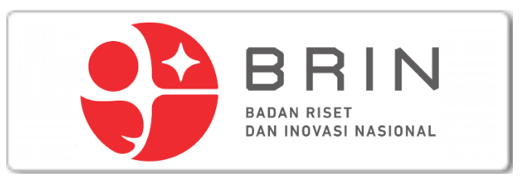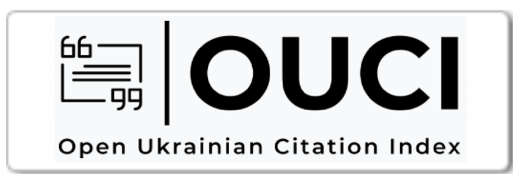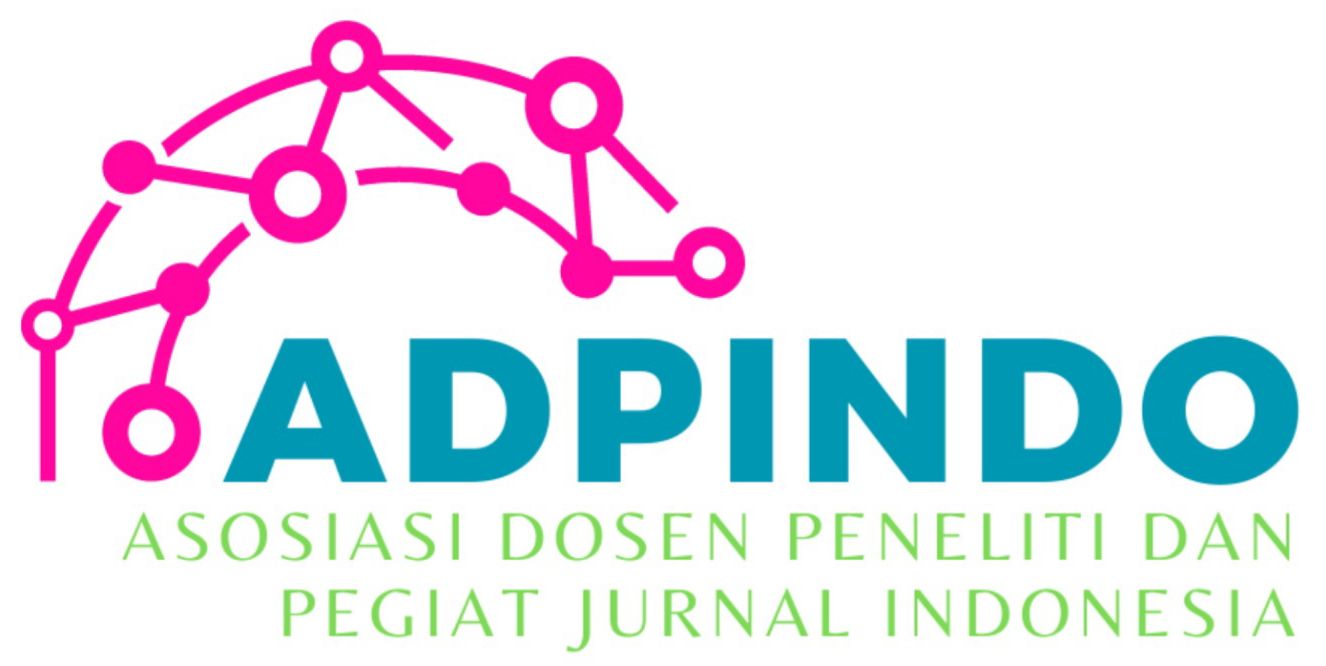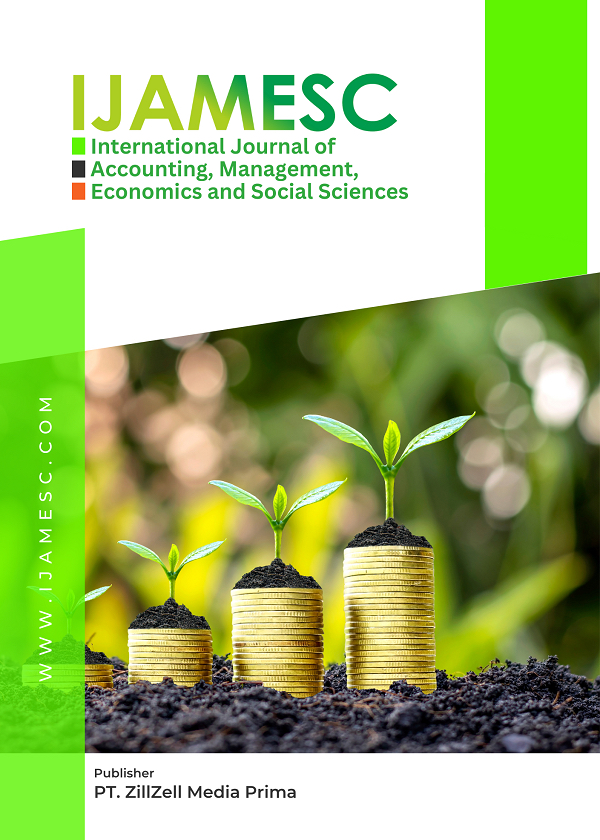REVEALING ANEMIA FACTORS IN PREGNANT WOMEN IN THE SECOND TRIMESTER AT THE SINGANDARU HEALTH CENTER (JULY-SEPTEMBER 2024)
Main Article Content
Marthia Ikhlasiah
Mila Hairunisa
Refi Lindawati
Anemia is a significant micronutrient problem in pregnant women, with a global prevalence of 41.8%. In Indonesia, 48.9% of pregnant women experience anemia, resulting in health risks for both mother and baby, including low birth weight and death. The administration of iron (Fe) tablet supplements is one of the solutions to reduce the anemia rate. Despite the government's efforts, such as the distribution of Fe tablets, the compliance of pregnant women at the UPTD of the Singandaru Health Center in Serang City is still low. At the UPTD Singandaru Health Center, Serang City, there are 58% pregnant women with anemia in the January-December period in 2022 and in 2023 as much as 60% of this data is obtained from the UPTD Singandaru Health Center. The researcher made 16 respondents and obtained non-compliance results from the ANC compliance category as many as 10 respondents (62.5%), compliance as many as 6 respondents (37.5%). The category of Fe tablet consumption in pregnant women was affected by anemia in the non-compliant category as many as 11 respondents (68.8%). Meanwhile, for the compliant category as many as 5 respondents (31.3%), the category of compliance with family support for pregnant women and compliance with family support in the category of non-compliance were 11 respondents (68.8%). As for the compliant category, there were 5 respondents (31.3%). The role of health workers The role of health workers in the category of no role was as many as 3 respondents (18.8). Meanwhile, the role of health workers in the category of existing or assisting as many as 13 respondents (81.3%). The Chi Square results of 4 variables obtained a value, ANC visit compliance received a value of 0.551, Fe tablet consumption compliance received a value of 0.119, family support compliance received a value of 0.119, and the role of health workers received a value of 0.247.
Balarajan, Y. S., Ramakrishnan, U., Özaltin, E., Shankar, A. H., & Subramanian, S. V. (2011). Anemia in low-income and middle-income countries. The Lancet, 378(9809), 2123–2135.
Fakhrurozi.(2024).Buku_Profil_Kes_Banten_2022_Opt.Pdf.https://dinkes.bantenprov.go.id/pages/ac31573b-2365-4ff0-b39b-68d9945f4c14/buku-profil-kesehatan-prov-banten-tahun-2022
Kumar, K., Raina, S. K., Bhardwaj, A. K., Chander, V., & Sharma, S. (2018). Factors influencing antenatal care visits and institutional deliveries among women in rural India. Journal of Family Medicine and Primary Care, 7(4), 673.
Lassi, Z. S., Das, J. K., Salam, R. A., & Bhutta, Z. A. (2016). Evidence from community level inputs to improve quality of care for maternal and newborn health: Interventions and findings. Reproductive Health, 13(1), 148.
Malacca, N. M. A., Irwan, I., & Ahmad, Z. F. (2023). Factors Associated With the Incidence of Anemia in Pregrant Women in Tapa Public Health Center Working Area. Journal Health & Science : Gorontalo Journal Health and Science Community, 7(1), 143–152. https://doi.org/10.35971/gojhes.v7i1.16085
Nurharsanto, S., & Prayitno, A. (2017). Automatic Sun Tracking for Solar Power Plants (Plts). Let's do FTEKNIK, 4, 1–6.
Tanziha, I., Utama, L. J., & Rosmiati, R. (2016). Risk factors for anemia in pregnant women in Indonesia. Journal of Nutrition and Food, 11(2), 143–152. https://doi.org/10.25182/jgp.2016.11.2.%p
World Health Organization (WHO). (2021). WHO guidelines on anemia prevention and control.






































